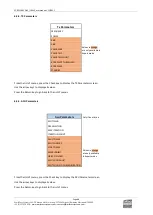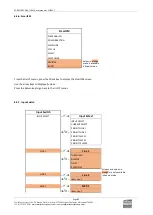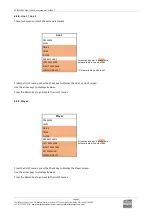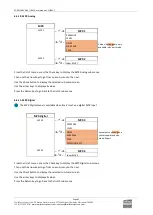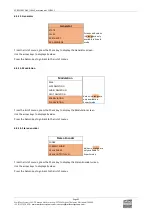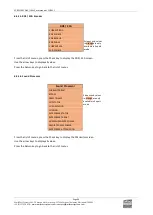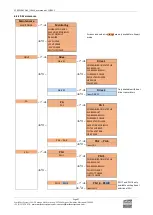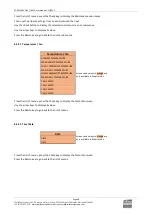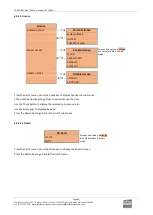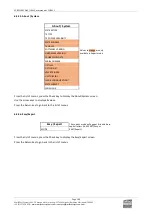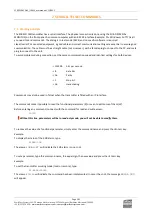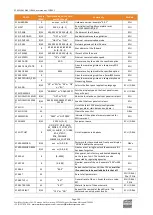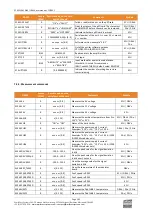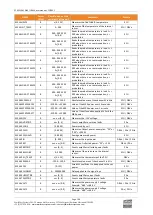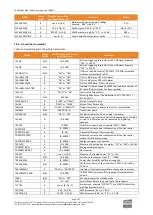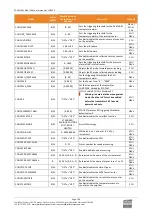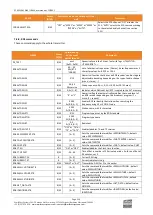
ECRESO FM 5kW / 10kW, user manual
–
11/2021
Page 101
WorldCast Systems SAS - 20 avenue Neil Armstrong - 33700 Mérignac (Bordeaux Métropole) FRANCE
+33 (0)5 57 928 928
–
www.worldcastsystems.com
–
contact@worldcastsystems.com
7.
SERIAL & TELNET COMMANDS
7.1.
Working principle
The ECRESO FM transmitter has a serial interface. The physical connection is done using the SUB-D9 (SERIAL
MONITOR) on the front panel. A common computer with an RS 232 interface (example: PC+ W PuTTY) is all
you need to send commands. The dialog is in text mode (ASCII) and no specific software is required.
Like all serial PC connected equipment, a good cable and correct communication settings are essential to ensure good
communication. The cable must be a straight cable (not crossover), with a female plug to connect to the PC, and male
plug to connect to the unit.
To avoid problems during connection, set the same communication speed and identical settings for both devices:
-> 115200
bits per second
-> 8
data bits
-> No
Parity
-> 1
Stop bit
-> No
Handshaking
Commands may also be used in Telnet when the transmitter is fitted with an IP interface.
The commands make it possible to read the functional parameters (R) or even to edit some of them (W).
Before entering any command, connect with the command for read and write access:
LOGIN
!
Without this line, parameters will be in read-only mode; you will not be able to modify them.
To retrieve the value of a functional parameter, simply enter the command name and press the <Enter> key.
Example:
To display the status of the 3 dB alarm, type:
ALARM.3DB
The answer,
ON
or
OFF
will indicate the 3 dB alarm is on or not.
To set a parameter, type the command name, the equal sign, the new value and press the <Enter> key.
Example:
To set the transmitter working mode (local or remote), type:
TX.MODE=LOCAL
The answer:
LOCAL
will indicate the command has been implemented. In case it has not, the message
ERROR CMD
will appear.


